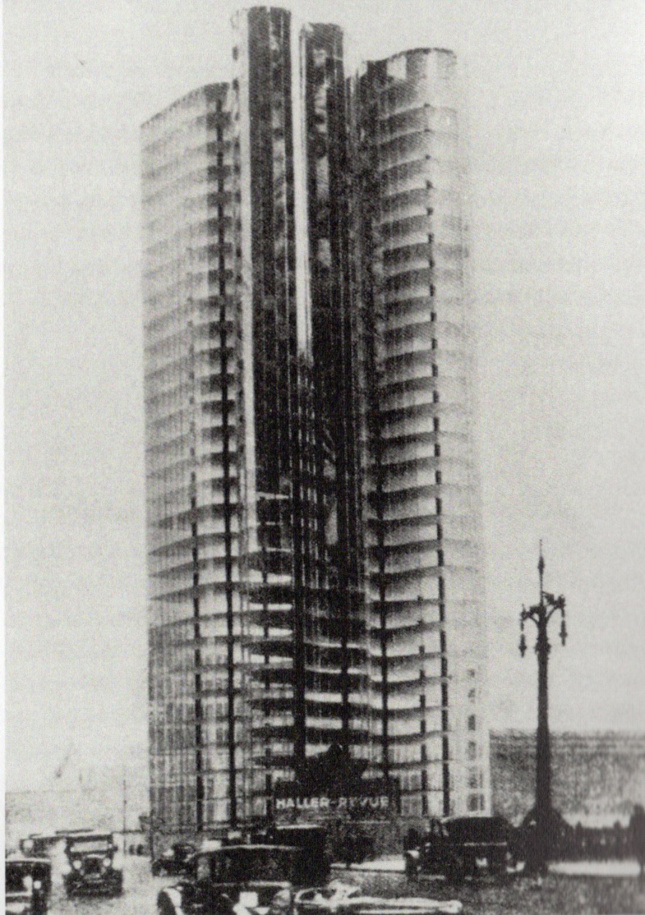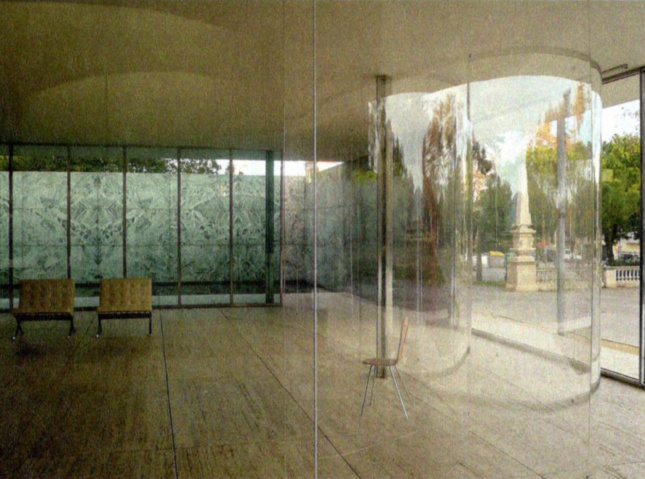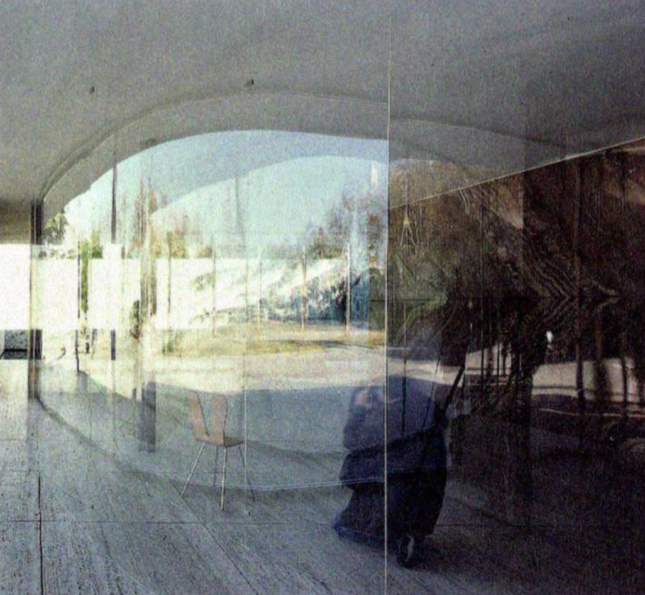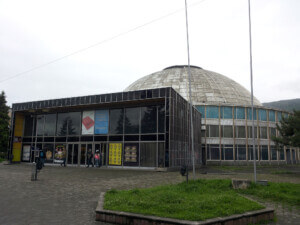X-Ray Architecture
Beatriz Colomina
Lars Müller Publishers
MSRP $40.00
One of the many provocative images in Beatriz Colomina’s X-Ray Architecture (Lars Müller Publishers, 2019) is a 1956 Life magazine photograph of three women holding trophies and posing in front of their own X-rays. They are the winners of a beauty contest organized by chiropractors who presumably judged them on both external and (literally) internal beauty. Wilhelm Röntgen called his accidental discovery “X” rays because he didn’t know what they were, and for a while, much fun was had with these mysterious new particles that could pass through matter—it wasn’t until the 1970s that the effects of excessive radiation were a concern.
The discovery coincided with the beginning of Modern architecture, and Colomina uses the chronological alignment to theorize how this new way of seeing could be used to reread the modern canon; Loos, Mies, Neutra, and of course Le Corbusier, all make an appearance. The X-ray doesn’t so much reveal what is inside the body as it re-images it as a gradient of opacity, and applying this concept to architecture means imagining a new understanding of building materiality.
Colomina begins the book with the architecture designed to prevent or cure tuberculosis—the disease best diagnosed with an X-ray—and finds that the hygienic-white spaces and sunny terraces of modern architecture made perfect machines-for-health. She concludes with an epilogue about tomography scans, the technology for seeing through the body that is to the 21st century what X-rays were to the twentieth. In between, she offers anecdote after anecdote and litanies of examples that support the understanding of architecture either as an explicit medical device, as in the tuberculosis sanatoriums, or more interestingly, as a kind of imaged body that borrows from medical imaging.
Take, for example, the use of glass envelopes to reveal the “true structure” within; Colomina argues that these glass skins are never truly transparent. Rather, they are “called on to simulate transparency” because “there is an outer screen that disappears in order to register the ghostly image of the inside” (page 135). The idealized glass of modernism gives us a clear demarcation between the interior and the exterior of a building, and an effacing of materiality since we see through the glass rather than the glass itself. But when Colomina asks us to pay attention to its full presence—the reflection, refraction, and other properties besides transparency—glass blurs the inside-outside boundary and makes the void within seem thickened and fleshy.

Colomina invites us to look again at some canonic images of modern architecture such as the 1922 Mies photomontage of his Glass Skyscraper project. We are accustomed to understanding this image in the context of what was built later, including Mies’s own Seagram’s building, as an early, if fuzzy, notation of the glass wrapped structures that have dominated our cities since the 1950s. But Colomina encourages the reader to take the image at face value, mentioning that Mies was fascinated by X-ray imaging, and we are convinced that it does look a bit like an X-ray. If this early image can be newly understood as a gradient of densities, then the significance of modern architecture is relocated from the tectonics of structure and glass to the visual effects of the building’s materialities.
In many ways, this book is a continuation of themes in Colomina’s past work; namely the understanding of modern architecture as a mediated thing, and the airing out of its patriarchal undertones. It’s a debunking of modernist myths, similar to what Colin Rowe and Robert Slutzky did with their phenomenal transparency essays or Reyner Banham with his arguments about functionalism. It’s also a feminist critique—Colomina takes the primacy away from the tectonics of a building, the all-mighty structure that is associated with the masculine, and shifts it to the visual and mediated experience of space. In her reading of modern architecture, the structural and technical, “serious” components of a building are merely the means to hold up the materials—e.g. glass—that produce the visual experience, the true location of architecture. Jennifer Bloomer did something similar in the 1980s with her Boudoir essay, using her characteristic wit and wordplay to unravel Alberti’s assignment of (masculine) structure as primary, and (feminine) ornament as secondary.


X-Ray Architecture takes the reader from the male gaze looking at women’s bodies exercising—in heels—on Le Corbusier’s rooftops to a kind of feminist glazed gaze. The last project she discusses is a temporary installation by SANAA in Mies’s Barcelona Pavilion. It consists entirely of a curved acrylic wall that is in all appearances unobtrusive, like the expected politeness of a female presence, but that in fact vigorously transforms the experience of the building. The acrylic is transparent, but its curvature and layering blur spatial boundaries and makes the former void into a thickened, fleshy space. The intervention also changes the approach into the pavilion, much like Colomina’s work brings us to the modern canon through novel approaches that make us see it anew.











